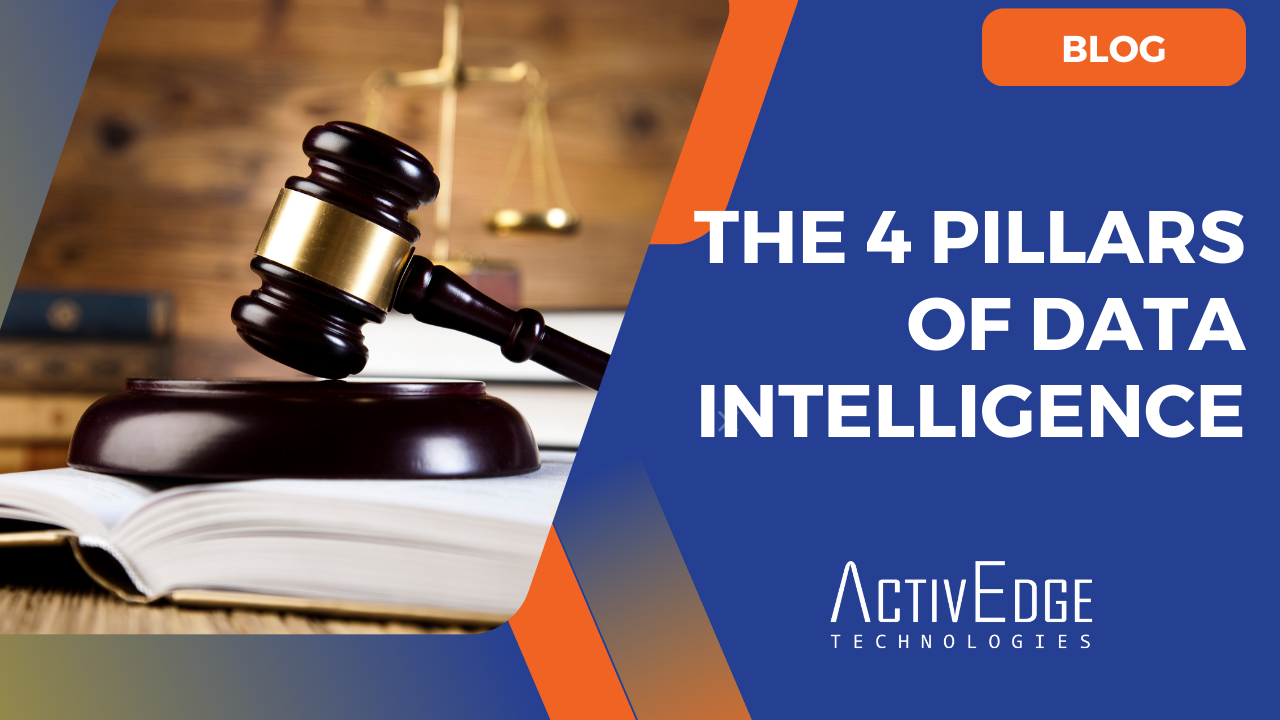Cloud Identity for Dummies
Below is an excerpt from IBM’s new e-book, “Cloud Identity for Dummies,” which explores the various ways IDaaS can help organizations overcome these obstacles — and optimize their identity and access management (IAM) strategy in the cloud.
Infrastructure
IDaaS solutions don’t require servers, storage or other infrastructure installed and maintained at the customer’s location — everything is hosted from the cloud. For IDaaS, the only client-side equipment required is smart card readers or biometric devices on workstations if multifactor authentication (MFA) is utilized, but those devices are necessary regardless of IDaaS or IAM. The benefit to the consumer is that there are no capital expenditures (CAPEX) on hardware or infrastructure.
Staffing
IDaaS transfers administrative support from the customer to the cloud service provider. The infrastructure administrative duties, such as installation and configuration, are already performed by the cloud service provider at the multitenant level for all customers. The cloud provider staff performs these tasks for everyone. The customer reaps the benefit of highly skilled, on-premises staff being freed up to support other business-centric initiatives.
Deployment
IDaaS solutions are automatically deployed via the cloud by using a standardized multitenant architecture. When a new customer starts its service, a new IDaaS environment is provisioned in the cloud by using virtualization and cloning technologies. A standardized baseline IDaaS image at the latest version and security patch level is then customized via the consumer using self-service portal access, wizards and templates. The benefit of a standardized deployment process ensures that the consumer is provided a secured, standardized and baselined environment so he or she can start his or her application-specific customizations sooner and at less risk.
Maintenance and Upgrades
IDaaS solutions shift the overhead and complexity of mundane maintenance and upgrade tasks to the cloud service provider. As a software-as-a-service (SaaS) application, these duties are transferred from the customer to the cloud service staff. Centralizing these operations outside the responsibility of the customer ensures that the IDaaS software and customers’ data and configurations are regularly patched and upgraded to the latest version and security release, properly backed up and replicated to the disaster recovery (DR) environment and tuned for optimal performance and efficiency. These technically complex tasks are shifted from the overworked customer’s staff to the full-time, specialized cloud service staff. The benefits are that the maintenance and upgrade workload is shifted to cloud staff specializing in these duties, which removes the burden from the consumer’s IT staff.
Learn More About the Benefits of IDaaS
To learn more about how an investment in IDaaS solutions can help your organization clear common cloud identity hurdles, download a complimentary copy of the full e-book, “Cloud Identity for Dummies.”
Source: Security Intelligence https://securityintelligence.com/four-ways-idaas-can-help-you-overcome-cloud-identity-hurdles/?linkId=53289581






